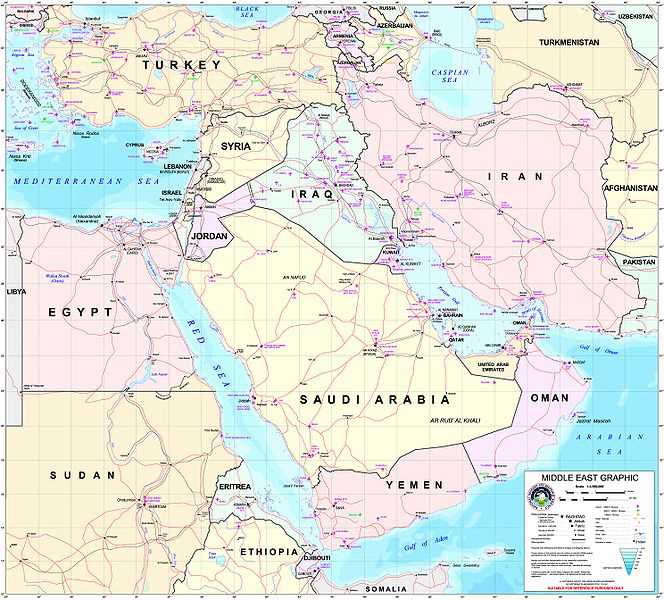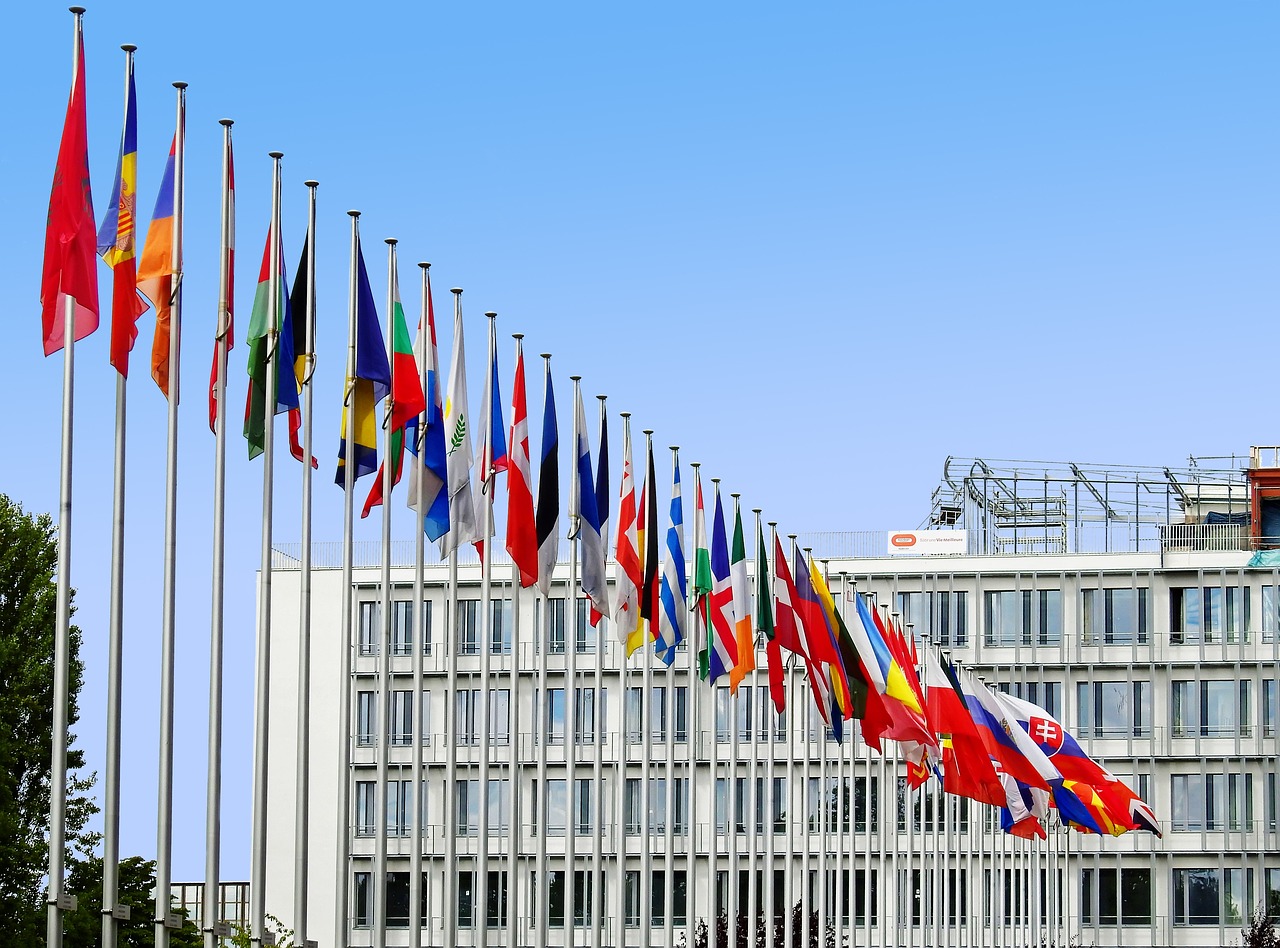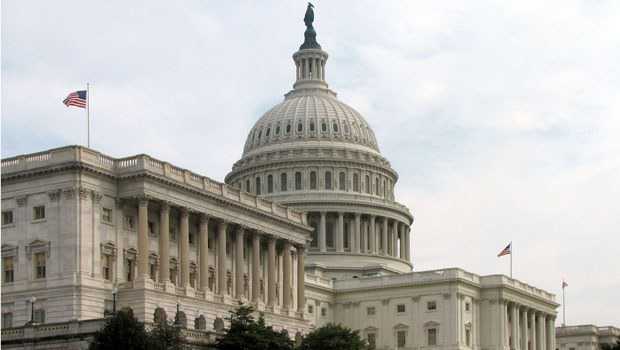By Christopher Hudson
Last updated at 11:46 PM on 24th July 2008
Three days after the fall of France in 1940, Napoleon, lying in his marble tomb in Paris, received a visit from his greatest admirer.
Adolf Hitler, on his one and only visit to the French capital, made an unannounced trip to the tomb in Les Invalides.
In his white raincoat, surrounded by his generals, Hitler stood for a long time gazing down at his hero, his cap removed in deference.
He was said later to have described this moment as ‘one of the proudest of my life’.
The next day, during his official sightseeing tour of Paris, Hitler again visited Napoleon’s tomb to salute him.
Conscious that his hero was known to the world simply as Napoleon, Hitler boasted that he would not need a rank or title on his gravestone. ‘The German people would know who it was if the only word was Adolf.’
Throughout the war, Hitler had sandbags placed around Napoleon’s tomb to guard against bomb damage.
Wooden floorboards were laid across the marble floor of Les Invalides so that they would not be scarred by German jackboots.
Until recently, the French would have been incensed by any comparison between Napoleon and Hitler.
But to their rage and shame, new research has shown that France’s greatest hero presided over mass atrocities which bear comparison with some of Hitler’s worst crimes against humanity.
These reassessments of Napoleon have caused anguish in France. Top politicians backed out of official ceremonies to mark what was possibly Napoleon’s greatest victory, the battle of Austerlitz, when Napoleon’s Grande Armee defeated the combined armies of Austria and Russia in just six hours, killing 19,000 of their adversaries.
A street in Paris named Rue Richepanse (after Antoine Richepanse, a general responsible for atrocities in the Caribbean) has recently had its name changed to Rue Solitude.
Hitler
During his reign as Emperor, concentration camps were set up and gas was used to massacre large groups of people.
There were hit squads and mass deportations. And all this happened 140 years before Hitler and the Holocaust.
Claude Ribbe, a respected historian and philosopher and member of the French government’s human rights commission, has been researching Napoleon’s bloodcurdling record for some years.
He accuses him of being a racist and an anti-Semite who persecuted Jews and reintroduced widespread slavery just a few years after it had been abolished by the French government.
The most startling of these findings, the attempted massacre of an entire population over the age of 12 by methods which included gassing them in the holds of ships, relate to the French Caribbean colony of Haiti at the turn of the 19th century.
In Ribbe’s words, Napoleon, then First Consul, was the man who, for the first time in history, ‘asked himself rationally the question how to eliminate, in as short a time as possible, and with a minimum of cost and personnel, a maximum of people described as scientifically inferior’.
Haiti around 1800 was the world’s richest colony, a slave-powered export factory which produced almost two-thirds of the world’s coffee and almost half its sugar.
The black slaves were lashed and beaten to work and forced to wear tin muzzles to prevent them from eating the sugar cane.
If the slaves were fractious, they were roasted over slow fires, or filled with gunpowder and blown to pieces.
When the slaves began to fight for their freedom, under the leadership of a charismatic African military genius called Toussaint L’Ouverture, Napoleon sent 10,000 crack troops under the command of his brother-inlaw, General Leclerc, to crush Toussaint and restore slavery.
In 1802, a vast programme of ethnic cleansing was put in place. Napoleon banned inter-racial marriages and ordered that all white women who’d had any sort of relationship with a black or mulatto (person of mixed race) be shipped to France.
He further commanded the killing of as many blacks in Haiti as possible, to be replaced by new, more docile slaves from Africa.
The French troops were under orders to kill all blacks over the age of 12. However, younger children were also killed – stabbed to death, put in sandbags and dropped into the sea.
The Haitians fought to the death for independence, which they finally declared in 1804.
Prisoners on both sides were regularly tortured and killed, and their heads were mounted on the walls of stockades or on spikes beside the roads.
Non-combatants, too, were raped and slaughtered. According to contemporary accounts, the French used dogs to rip black prisoners to pieces before a crowd at an amphitheatre.
Allegdly on Napoleon’s orders, sulphur was extracted from Haitian volcanoes and burned to produce poisonous sulphur dioxide, which was then used to gas black Haitians in the holds of ships – more than 100,000 of them, according to records.
The use of these primitive gas chambers was confirmed by contemporaries. Antoine Metral, who in 1825 published his history of the French expedition to Haiti, writes of piles of dead bodies everywhere, stacked in charnel-houses.
‘We varied the methods of execution,’ wrote Metral. ‘At times, we pulled heads off; sometimes a ball and chain was put at the feet to allow drowning; sometimes they were gassed in the ships by sulphur.
‘When the cover of night was used to hide these outrages, those walking along the river could hear the noisy monotone of dead bodies being dropped into the sea.’
A contemporary historian, who sailed with the punitive expedition, wrote that: ‘We invented another type of ship where victims of both sexes were piled up, one against the other, suffocated by sulphur.’
These were prison ships with gas chambers called etouffiers, or ‘chokers’, which asphyxiated the blacks, causing them terrible suffering.
Even at the time, there were French naval officers who were appalled at this savagery, claiming they would rather have braved a court martial than have forgotten the laws of humanity.
But from the Emperor’s point of view, gassing was a way of cutting costs. Ships continued to transport prisoners out to sea to drown them, but corpses kept being washed up on beaches or tangled in ships’ hulls.
Toussaint, who called himself the Black Napoleon, was kidnapped after accepting an invitation to parlay with a French general and shipped back to France in chains, where he died of pneumonia after being imprisoned in a cold stone vault.
Guadeloupe, an island to the east, suffered a similar fate to Haiti’s.
Once again choosing not to recognise France’s abolition of slavery, Napoleon in 1802 promoted a comrade of his, Antoine Riche-panse, to the rank of General, and sent him with an expeditionary force of 3,000 men to put down a slave revolt on the island.
During his purge, General Richepanse slaughtered any men, women and children he encountered on his route to the capital. Then he worked through a plan of extermination apparently approved by the First Consul.
A military commission was set up to give what followed a veneer of legality. Some 250 ‘rebels’ were shot in Guadeloupe’s Victory Square. Another 500 were herded down to the beach and shot there.
Richepanse and Lacrosse, the former colonial governor now restored to power, thought of piling up the dead in vast mounds to intimidate the islanders, but gave up the plan for fear of starting a disease epidemic.
Instead, using a technique which the French were to copy during the Algerian War, they sent death squads into every part of Guadeloupe to track down farmers who were absent from their homes.
These men were treated as rebels. A bounty was promised for each black man captured, and the rebels were summarily shot or hanged. The ferocity of the repression sparked another uprising, which Lacrosse subdued with the most barbarous methods yet.
‘Being hung is not enough for the crimes they have committed,’ he said. ‘It is necessary to cut them down alive and let them expire on the wheel [prisoners were bound to a cart wheel before having their arms and legs smashed with cudgels].
‘The jails are already full: it is necessary to empty them as quickly as possible.’ In this he was successful, hanging, garotting and burning the rebels and breaking their limbs on the wheel.
Lacrosse developed possibly the most fiendish instrument of slow execution ever created.
The prisoner was thrust into a tiny cage and had a razor-sharp blade suspended between his legs. In front of him was a bottle of water and bread, neither of which he could reach.
He was stood in stirrups, which kept him just above the blade, but if he fell asleep or his legs tired, he was sliced by the blade. Neither fast nor economical, it was pure sadism.
After four months in Guadeloupe, the French lost patience with the islanders, and the ferocity of their repression reached new heights.
Blacks with short hair were shot out of hand, since the expeditionary force considered short hair to be a sign of rebellion. Orders were given that ‘the type of execution should set a terrifying example’.
The soldiers were encouraged ‘to cut open insurgents, to strangle and to burn them’. French officers spoke proudly of creating ‘torture islands’.
In a letter to Napoleon, his brother-in-law Leclerc wrote: ‘It is necessary to destroy all the negroes of the mountain . . . do not leave children over the age of 12.’
Ribbe, in his work in progress, sees continual affinities between Napoleon and Hitler. He argues that many of Napoleon’s actions were later echoed in Nazi Germany, right down to his enthusiasm for slavery reflecting the grim message ‘Arbeit Macht Frei’ (‘Work Sets You Free’), which appeared over the gates of Auschwitz.
Napoleon, like Hitler, also used his own army like cannon fodder when the occasion demanded.
His retreat from Moscow in 1812 squandered the lives and courage of 450,000 soldiers of the Grande Armee; many of them were found frozen to death while embracing each other to harvest a last flicker of warmth, in what was one of the bitterest winters in living memory.
Nothing shows more clearly the contempt the Emperor showed for his minions than the bulletin announcing the destruction of his Army.
Napoleon blamed his horses and ended by declaring that his health had never been better.
As theatres for Napoleon’s callousness, Haiti and Guadeloupe were too far away to attract much public notice, let alone condemnation.
Syria was a different matter. In the war between France and the Ottoman Empire (most of it modern-day Turkey), Napoleon led the siege of the ancient walled city of Jaffa, whose harbour he needed as a vital shelter for his fleet.
The city fell on the fourth day, whereupon Napoleon’s troops ran amok through the town, slaughtering Christians, Jews and Muslims indiscriminately.
To escape the slaughter, part of the garrison locked themselves into a large keep.
Napoleon sent his officers, who negotiated their surrender and marched them back to the French camp.
Rations were short, so Napoleon now decided that he had been too magnanimous.
For three days he kept the 4,000 mostly Turkish prisoners with their arms tied behind their back; then the massacre began.
Somewhere between 2,500 and 4,000 men were slaughtered there and then, either by shooting them or by running them through with bayonets.
Shortly afterwards plague broke out, decimating the troops on both sides. With real courage, Napoleon led his general staff on a tour of the plague-infested hospitals.
It did not deter him from suggesting to the doctors that seriously ill French troops who could not be evacuated should be given a fatal dose of the opiate laudanum. The doctors forced him to back down.
From Jaffa, Napoleon marched to Acre, a city constructed on a peninsula and therefore impregnable, given that there was British control of the seas. Napoleon launched seven major assaults; each one failed. Marching back to Cairo, Napoleon left 2,200 of his troops dead, and 2,300 more seriously ill or wounded.
As far as Napoleon was concerned, these wounded were already dead men. Most of them he left behind, knowing that the Turks would cut off their heads as soon as his army left. They did their best to follow his retreat, crying out not to be abandoned.
They straggled along, their throats parched in the debilitating heat, which reduced their cries to a croak. Injured officers were thrown from their litters and left to die in the dunes.
Soldiers were abandoned in the cornfields, which were still smouldering in the devastation of crops and villages ordered by Napoleon. In all, some 5,000 Frenchmen lost their lives.
If Hitler learned any lessons from Napoleon, one must have been that victory required callousness, not just in the leader but in those around him.
‘Like those working in the Nazi system, the French carrying out Napoleon’s killing did so with little thought to morality,’ Claude Ribbe says today. ‘There was no sense of good or evil: it was just a matter of getting a difficult job done. In the end, the killing methods had to be efficient and cheap.’
So is Napoleon to be feted as a great leader or denounced as a dictator? A poll published in Le Figaro in 2005 found that nearly 40 per cent of Frenchmen regarded Napoleon as ‘a dictator who had used all means to satisfy his thirst for power’.
However, considering what was done in Napoleon’s name in Haiti and Guadeloupe, there is one memorial which deserves to be added.
Next to the unknown soldier at the Arc de Triomphe should be erected the Tomb of the Unknown Slave.
• Le Crime de Napoleon, by Claude Ribbe (Editions Priv & Egrave;).
Source: www.mailonsunday.co.uk, 24th July 2008



